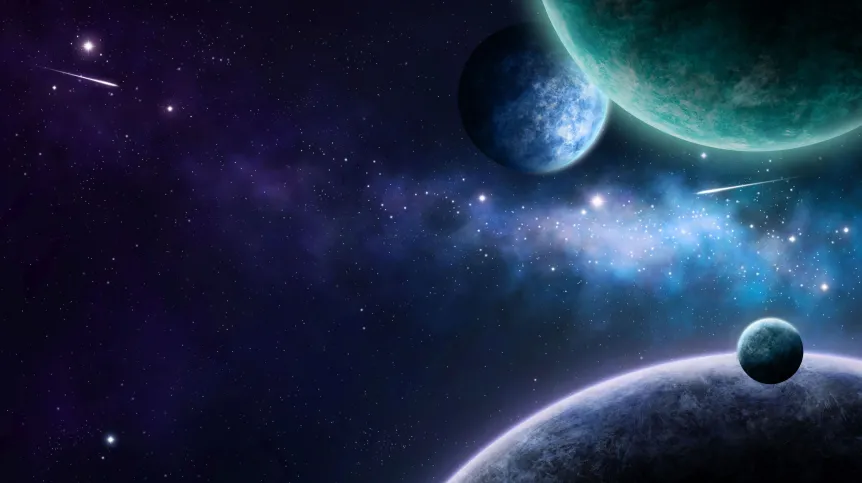
ARIEL, the next-gen mission of the European Space Agency (ESA), has successfully passed the Preliminary Design Review. The launch of the mission, which aims to observe the chemical composition of distant extrasolar planets, is scheduled for 2029. The Space Research Centre of the Polish Academy of Sciences is preparing one of the key instruments of the telescope.
As part of the ARIEL mission (Atmospheric Remote-sensing Infrared Exoplanet Large-survey mission), ESA confirmed the successful completion of the Preliminary Design Review (PDR). As a result, the mission can move on to the next stage: Payload Critical Design Review, and production of the first models can begin.
'This milestone shows that the design of the mission's science payload meets all the required technical and scientific specifications,’ says the Space Research Centre of the Polish Academy of Sciences in Warsaw.
The ARIEL exoplanet observatory will be placed 1.5 million kilometres beyond Earth's orbit. It will revolve around the Lagrange point 2 (L2), i.e. the point of gravitational equilibrium. The mission is expected to answer fundamental questions about the formation and evolution of planetary systems. During the four-year mission, ARIEL will observe 1,000 planets orbiting distant stars in visible and infrared light to study how they formed and evolved. This is the first mission dedicated to measuring the chemical and thermal structure of exoplanet atmospheres, enabling planetary research far beyond the boundaries of the Solar System.
The Space Research Centre of the Polish Academy of Sciences has been tasked with developing the Fine Guidance System (FGS) for the ARIEL telescope. The task of this instrument is to precisely aim the telescope at the observed object. FGS will be so advanced that, in addition to supporting the main telescope, it can be used as an astrometer or photometer - an additional scientific instrument on board ARIEL. The Space Research Centre PAS collaborates directly with the NASA Jet Propulsion Laboratory (JPL).
Professor Mirosław Rataj, head of the FGS project at the Space Research Centre PAS, explains that the ARIEL observatory consists of two instruments: one called AIRS, for spectral measurements, and the other - Fine Guidance System (FGS).
He says: ‘The main purpose of the FGS instrument we co-develop is to determine - with the greatest possible precision - the direction of the measurement and maintain it by the satellite for at least 10 hours. The FGS continuously sends data to the satellite's AOCS system to ensure the correct direction of measurement. The satellite's Star Tracker ensures direction accuracy at the level of a few arcseconds, FGS - at the level of milliseconds', the scientist describes. In addition, this system simultaneously performs photometric and spectral measurements of selected objects for scientific purposes.’
Rataj explains that the Polish partner is responsible for the entire instrument, including system engineering, management, integration and testing.
'The opportunity to work on such a ground-breaking space mission as ARIEL is a distinction for us and emphasises the close relations between the Space Research Centre PAS and the world's most important research and development centres. It shows that we have made a great name for ourselves and we are a trusted partner. We will do everything in our power to not to disappoint,’ says the Space Research Centre PAS director Professor Iwona Stanisławska.
The ARIEL payload is being developed by a consortium of over 50 institutes from over a dozen countries.
Over the course of nine months, the ARIEL consortium team produced nearly 180 technical documents and answered more than 360 questions from ESA's panel of experts, who assessed the feasibility, efficiency and robustness of the payload design. The review analysed every aspect of the proposed payload to ensure that the designed systems meet the technical, scientific and operational requirements of the mission. (PAP)
lt/ agt/ kap/
tr. RL













